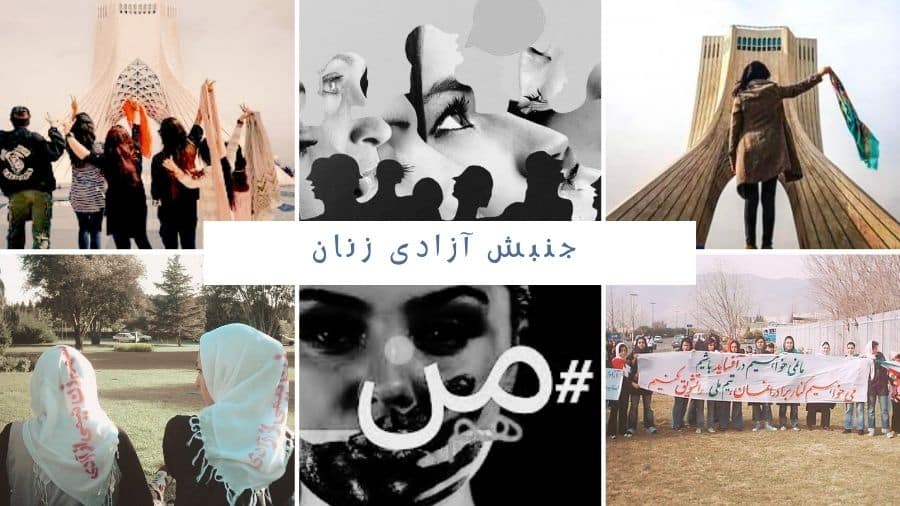Abstract
The women’s movement in Iran, since the Constitutional era, has entered the field of struggle with three demands: the right to vote, the right to education, and the right to establish an association. In the past century, although women have had successes in establishing their proper legal recognition within the society, discriminatory laws have prevailed in every historical cycle, from the Constitutional era to the era of the National Oil Movement to the reform era known as the first Pahlavi White Revolution to the Islamic Revolution. Although women were the targets of various discrimination throughout these historical moments, they not only insisted on the recognition of their legal movement, but by the end of the century, they had stood up to reclaim their confiscated bodies and identities from government inequity. During the period from the mid-sixties to Homa Darabi’s self-immolation in the seventies, and with the phenomena of the girls of Revolution Street and White Wednesdays in the late nineties, the seeds were sown in women’s everyday struggles for the emergence of the women’s movement in a new way, leading up to the Iranian #MeToo movement. These successive moments, along with the protest of women, both secular and religious, to the ban on running screening tests during pregnancy, the ban on pregnancy prevention, and the plan to increase the population, have led to a physical stage of the women’s liberation movement in Iran. This article enumerates the characteristics of the present stage of women’s liberation in Iran and acknowledges the role and effect of those who prepared the women’s rights movement to advance in this way. With reference to a two-stage definition moving from legal movement to women’s freedom movement, this article examines the impact of individual and collective contributions towards the women’s freedom movement in Iran. Examples include: the first movement of Tahera Qurrat al-ʿAyn, the singing of Qamar al-Maluk Vaziri, the popularization of “white marriage”, women’s use of sperm donation banks, and the current wave of singing and dancing in public streets. These examples are used to demonstrate how, with the turn of the century, the women’s rights movement in Iran has clearly turned into the women’s freedom movement.


